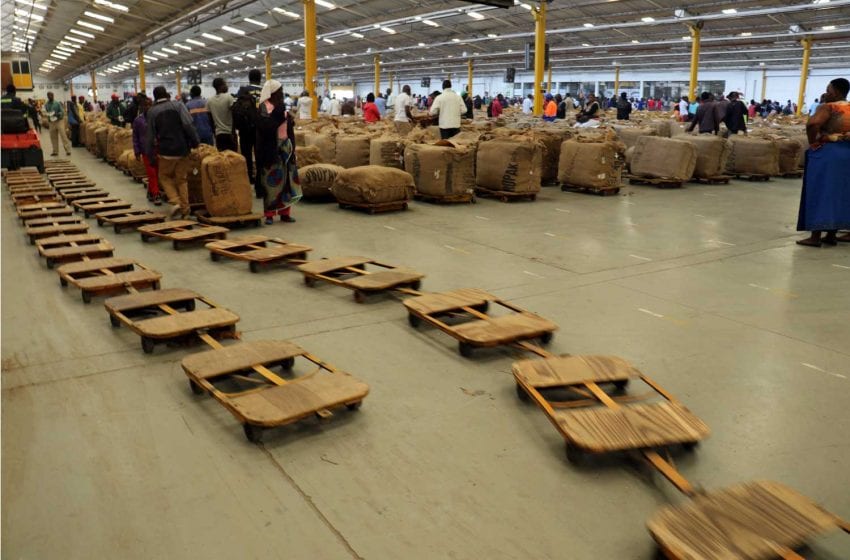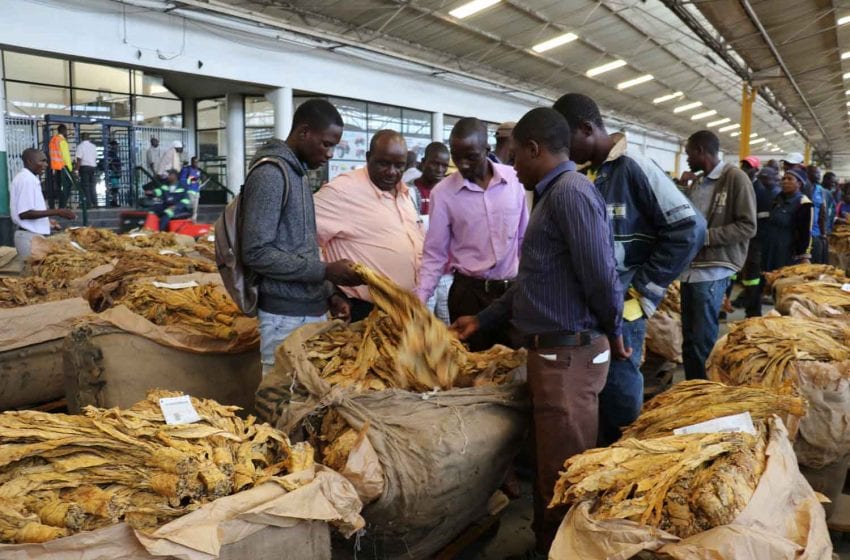
Boka Tobacco Floors (BTF) has opened a tobacco sales floor in Karoi, Mashonaland West Province. This sales floor will help reduce the number of farmers traveling to Harare to sell their tobacco, ultimately helping prevent further spread of the coronavirus.
The Boka selling floor will serve farmers in Hurungwe District, including Tengwe, Kazangarare, communities around Karoi, Nyama resettlement, Nyamakate and Magunje as well as areas around Chinhoyi.
The auction space is currently a rented building, but BTF is constructing a 12,000-square-meter facility that would be ready for the 2021 selling season.
Measures compliant with the Tobacco Industry and Marketing Board (TIMB) have been put in place to prevent the spread of the coronavirus.























